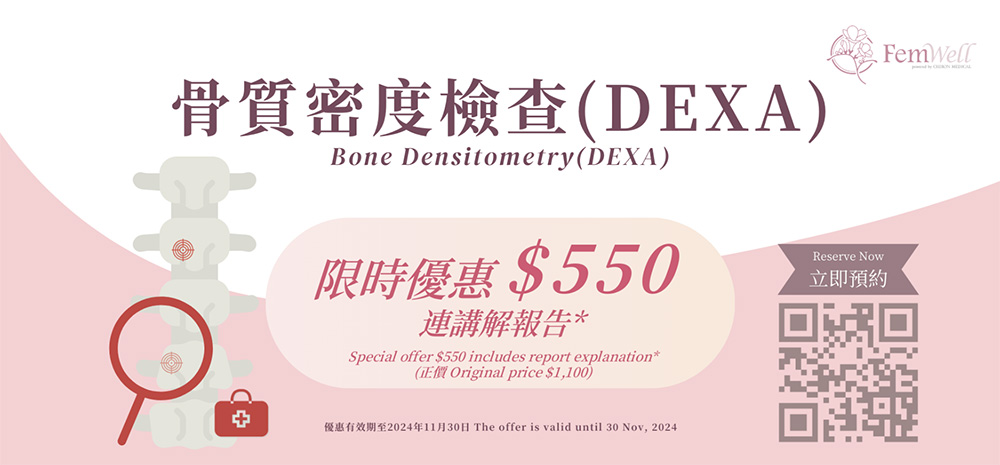
Before the Dexa Scan, a nurse will ask you to change into a gown. Once dressed, our radiologist will instruct you to lie on the DEXA Scanner. An arm of the machine will move over your body, and the X-rays it emits will pass through your body, with the scanner recording the results to calculate your bone density. The radiologist will monitor the process, and once completed, the results will be sent to your primary care doctor. After a few days, our staff will contact you to discuss the test results. If the results are complex and need further evaluation, we may schedule an additional appointment with the doctor.
Osteoporosis can lead to fragile fractures in the wrist, spine, hips, and femur. We recommend that women aged 50 and above undergo Dexa Scanning every 3-4 years. This allows for early detection and intervention, such as taking osteoporosis medications or making dietary and exercise changes, to improve bone health and prevent worsening of the condition.
Dexa Scaning is the ideal method to evaluate bone health. It is commonly used to diagnose osteoporosis, which involves gradual loss of calcium leading to thinning and weakening of the bones. Dexa Scans can also be used to assess an individual's risk of experiencing a fracture.
Dual-energy X-ray absorptiometry (DEXA) scanning is the widely-used method to measure bone mineral density (BMD). The World Health Organization (WHO) defines a BMD T-score of -2.5 or lower as indicating osteoporosis. A T-score between -1.0 and -2.5 is considered low bone mass (osteopenia), which also carries a fracture risk.
If you may be pregnant or are already pregnant, please inform the medical staff when scheduling the appointment so they can assess the need for the test.